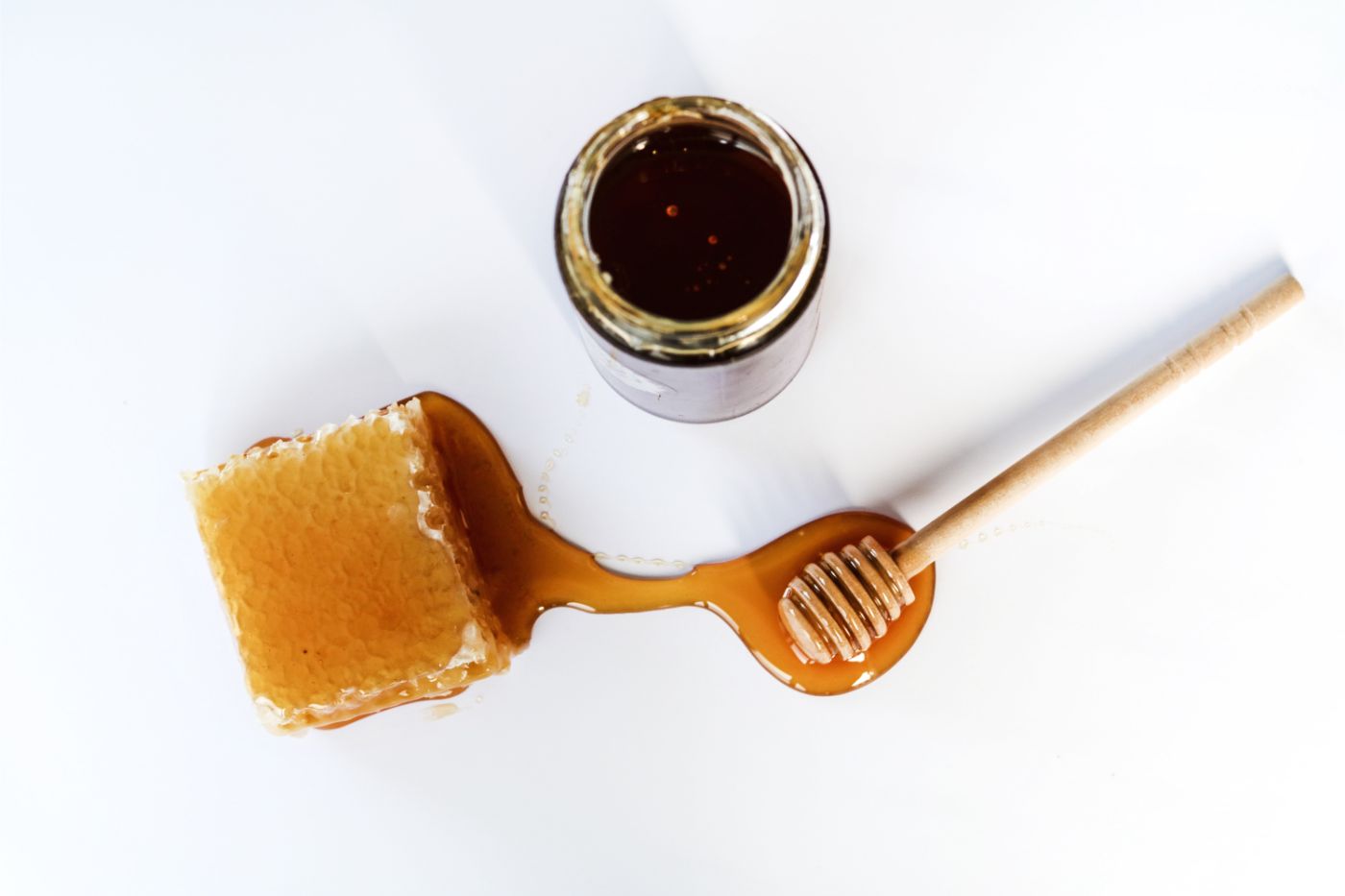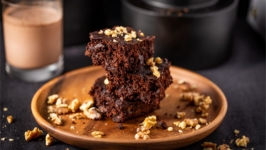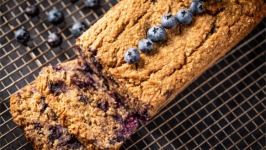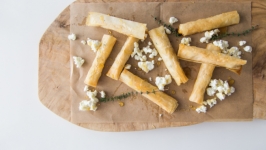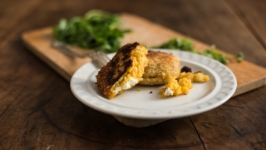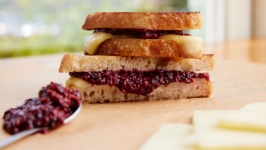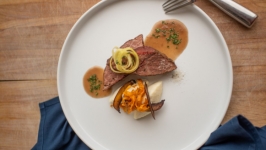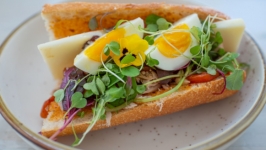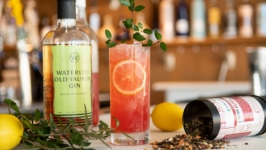Baking with Alternative Sweeteners
Who doesn’t hear the word “birthday” and think of cake? Or anticipate autumn for its pumpkin-filled baked goods? Still, we’re reminded by nutrition experts and media outlets often to limit our intake of refined sugar in foods. So, what’s a dessert baker to do?
You can have your cake (and eat it too) without refined sugar through a host of sweetening substitutes available from a variety of natural sources. These natural sweeteners include ones you may already know about and are using, such as maple syrup, honey, agave, molasses, coconut sugar, fruit purees and stevia. Other less-well-known, yet more highly processed, substitutes include xylitol, date syrup, monk fruit powder, brown rice syrup, palm sugar, erythritol and Yacon syrup.
Many of these sweeteners also provide an added taste dimension that brings out the subtle flavors of a particular baked dessert, like pairing maple syrup with pumpkin. Alternatives, however, can come on too strong for some palates; stevia is often pinged for its sometimes bitter aftertaste, while coconut sugar has a reputation for its “tropical” taste.
Along with your own taste preference, when considering what natural sweeteners to replace sugar in your favorite baked dessert recipes, it’s not simply swapping one for the other. Instead, consider the following: the substitute’s sweetness level compared to sugar, the dish’s preferred dry-to-wet ingredient ratio and its overall bulk or density.
Here are some rules of thumb/guidelines for baking with sugar alternatives:
• Replacing sugar with a liquid sweetener requires an increase in a dry ingredient (usually flour).
• Substituting a dry sweetener for wet requires adding moisture (fats, such as butter or coconut oil or unsweetened applesauce or mashed banana).
• Using a less bulky sweetener, such as stevia, requires a fraction of an amount compared to sugar. Adjustments will be needed to both wet and dry ingredients so that your baked-good includes a binder such as applesauce or soaked chia seeds.
• Sometimes the best way to get the sweetness and texture you desire is to combine two natural sweeteners, such as stevia and pureed fruit. Keep in mind, all of these natural sweeteners are still simple sugars, with varying fructose to glucose ratios and calorie content, and should be used sparingly like sugar.
Want to try baking with other types of sweeteners in place of table sugar? The list below includes various replacements with quantities to use for one cup of sugar in a recipe and tips for swapping out each sweetener. You may need to experiment with amounts of alternative sweeteners and other ingredients to get the desired results.
SWEETENER
Honey: 1/2 cup
Decrease other liquid by 2 tablespoons
Add pinch baking soda per cup of honey
Reduce oven 25 degrees
If too wet add 1 tablespoon starch or flour
Maple Syrup: 3/4 cup
Decrease other liquid by 3 tablespoons
Add ¼ teaspoon baking soda per cup of maple syrup
Reduce oven 25 degrees
Agave Nectar: 1-1/4 cups
Reduce liquid by 2 tablespoons; add 1 tablespoon starch or flour
Date Sugar: 1 cup
Same as sugar
Maple Sugar: 1 cup
Same as sugar
Coconut Sugar: 1 cup
Can turn baked items a darker brown color
Monk Fruit (powdered): 1 cup
Can turn baked items a darker brown color
Stevia (powdered): 1/3 to ½ teaspoon
Stevia (liquid): 1 teaspoon
Must increase wet and dry for same volume (try 1/4 to 1/2 cup applesauce, pumpkin or pureed banana; 2 to 3 tablespoons flour or flax seed meal)
Dates: 6-7 dates
Soak and puree
Reduce wet ingredients by at least ¼ cup
Xylitol: 1/2 cup
Do taste test for amount needed


